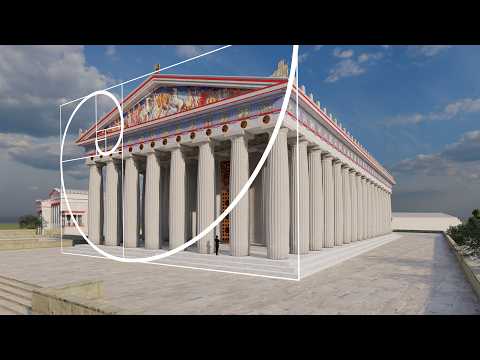
The Acropolis of Athens, a beacon of the classical spirit, stands as a symbol of the artistic and intellectual achievements of ancient Greece. Situated on a rocky hill above the city, it has been a site of human activity since prehistoric times, evolving through various phases of religious and political significance. This article delves into the history and significance of the Acropolis, especially focusing on its most celebrated period during the 5th century BCE, alongside insights from modern reconstructions that help us understand its former glory.
#### Historical Overview
The term “Acropolis” means “high city” in Greek, aptly named for its strategic position that provided natural defense. Initially, it served as a royal residence and a religious center dedicated to Athena, the city’s patron goddess. However, its most transformative era arrived in the 5th century BCE during what is known as the Golden Age of Athens under the leadership of Pericles.
After suffering significant damages during the Persian Wars in 480 BCE, Pericles initiated an ambitious building program which included some of architecture’s greatest masterpieces: The Parthenon, The Erechtheion, The Propylaia, and The Temple of Athena Nike.
#### Architectural Marvels
– **The Parthenon**: Dedicated to Athena Parthenos – Athena the Virgin – this temple is an epitome of classical architecture and Doric design. It was primarily constructed between 447 and 432 BCE under the architectural guidance of Ictinus and Callicrates with Phidias overseeing sculptural decorations.
– **The Erechtheion**: Known for its complexity and unusual form, this temple houses multiple sacred spaces including one that hosted the sacred olive wood statue of Athena.
– **The Propylaia**: This grand gateway to the Acropolis combines both Doric and Ionic elements, showcasing an advanced understanding of proportion and aesthetic balance.
– **The Temple of Athena Nike**: A small temple in Ionic style that celebrates both military might and delicate craftsmanship.
#### Reconstructions and Their Significance
Modern reconstructions have played a crucial role in understanding these architectural wonders. For instance:
– **Virtual Reality (VR) Tours**: These allow users to experience walking through fully reconstructed versions of these buildings as they would have appeared in ancient times.
– **3D Models**: Detailed models based on archaeological findings provide insights into construction techniques and artistic details which have faded from the original structures over millennia.
Architects employ various techniques such as laser scanning technology to create accurate digital models which are then used for both educational purposes and conservation planning. Techniques such as anastylosis have also been employed where original materials are combined with new ones to rebuild portions without compromising historical integrity.
#### Educational Impact
These reconstructions are not only essential tools for archaeologists but are invaluable in education settings. They bring ancient history alive for students far removed from these cultural landmarks by geography or time. Museums around world incorporate these reconstructions into exhibits providing broader access to this celebrated heritage.
#### Tourism Development
Reconstructions also boost tourism significantly by providing visitors with more engaging experiences at archaeological sites. Viewing platforms equipped with augmented reality (AR) capabilities allow tourists to see superimposed reconstructions over current ruins—effectively peeking back in time.
#### Conclusion
The Acropolis remains one our most cherished windows into antiquity—a testament not only Greek architectural genius but also their philosophical outlook toward beauty balance harmony within public spaces. Through ongoing efforts at reconstruction preservation this historic site continues reveal its stories inspire generations worldwide about achievements possibilities human spirit when dedicated pursuit excellence creativity shared cultural identity.
